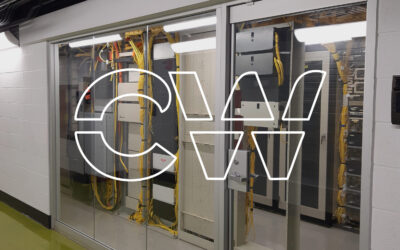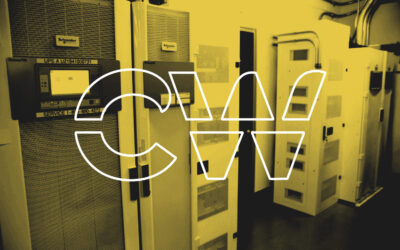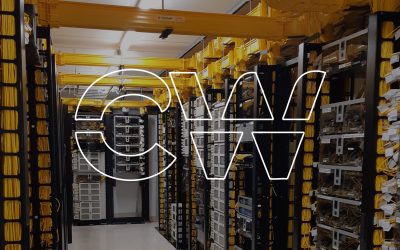The Uptime Institute, a globally recognized authority on data center reliability, has established a widely used tier classification system for data centers. The Uptime Institute’s tier classification system consists of four tiers, each representing a different level of infrastructure reliability and redundancy. Which colocation tier is right for you?
Colocation Tier I:
Tier I data centers are the most basic level and provide the least amount of redundancy and fault tolerance. They typically have a single path for power and cooling distribution, which makes them more susceptible to disruptions due to equipment failures or maintenance. Tier I data centers offer an availability of around 99.671%, allowing for up to 28.8 hours of annual downtime.
Colocation Tier II:
Tier II data centers have some additional redundancy compared to Tier I. They typically include redundant components for critical systems, such as power and cooling, but only have a single path for distribution. Tier II data centers offer an availability of around 99.741%, allowing for up to 22 hours of annual downtime.
Colocation Tier III:
Tier III data centers provide a higher level of redundancy and fault tolerance. They have multiple paths for power and cooling distribution, allowing for maintenance and repairs to be performed without impacting the availability of services. Tier III data centers offer an availability of around 99.982%, allowing for up to 1.6 hours of annual downtime.
Colocation Tier IV:
Tier IV data centers offer the highest level of reliability and fault tolerance. They have redundant components and systems with multiple active paths for power and cooling, ensuring no single point of failure. Tier IV data centers provide the highest level of availability, around 99.995%, allowing for up to 26 minutes of annual downtime.
It’s important to note that these tiers focus on the infrastructure and do not guarantee the performance or reliability of the applications and services running within the data center. Additionally, data centers may also have additional certifications such as ISO 27001 for information security or compliance with industry-specific standards.



